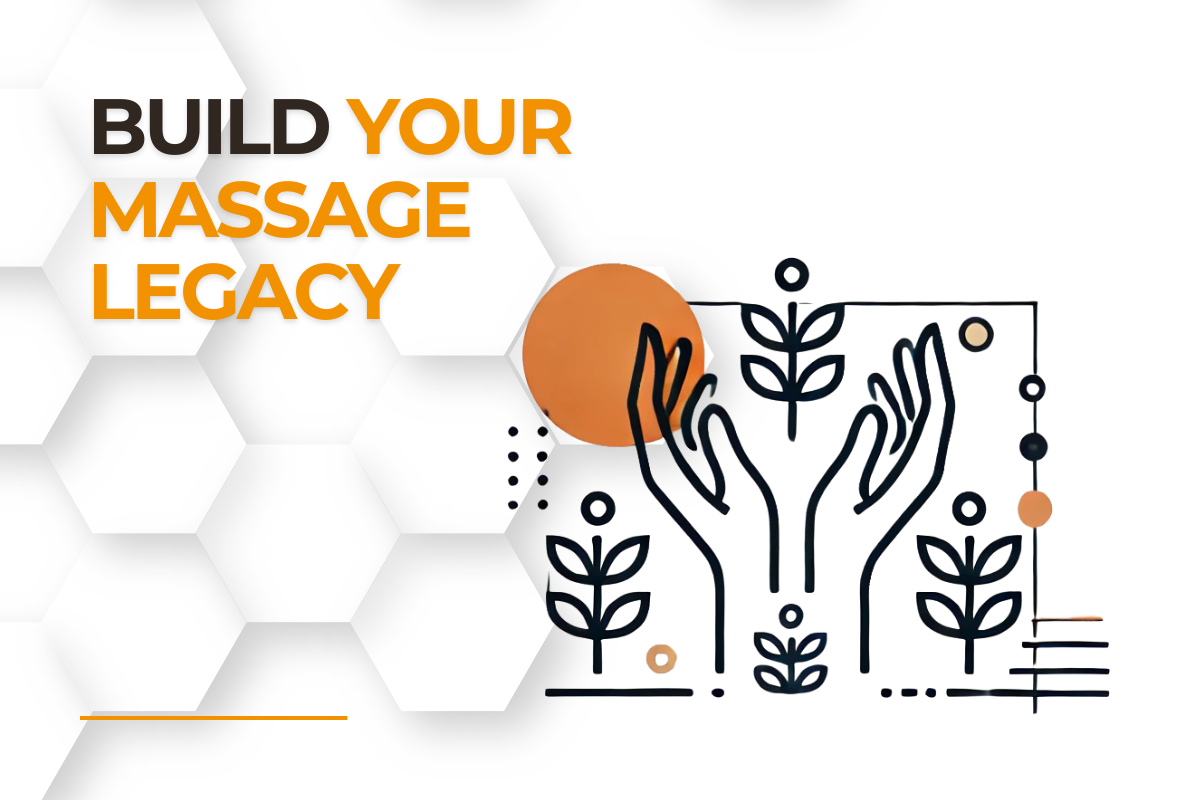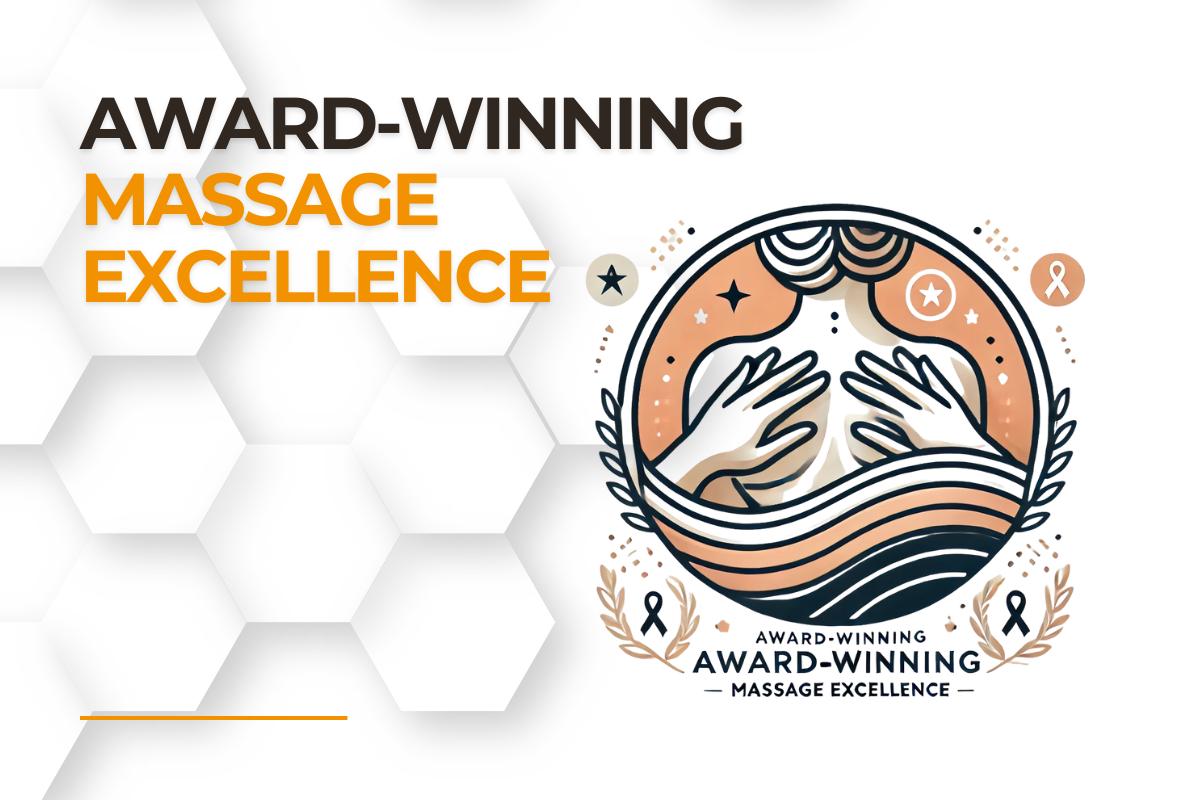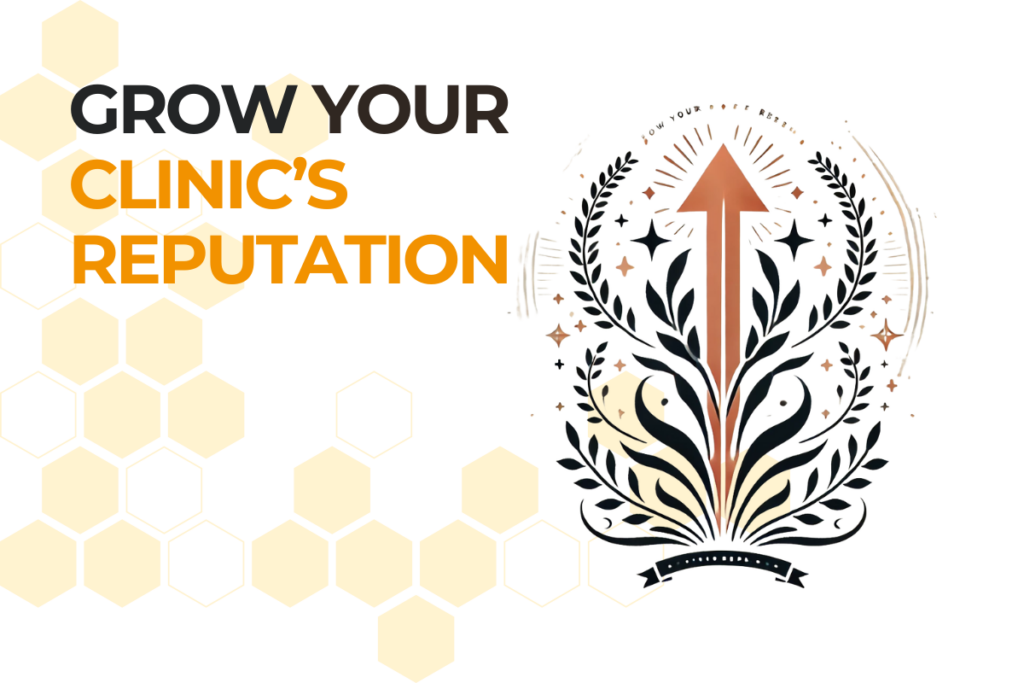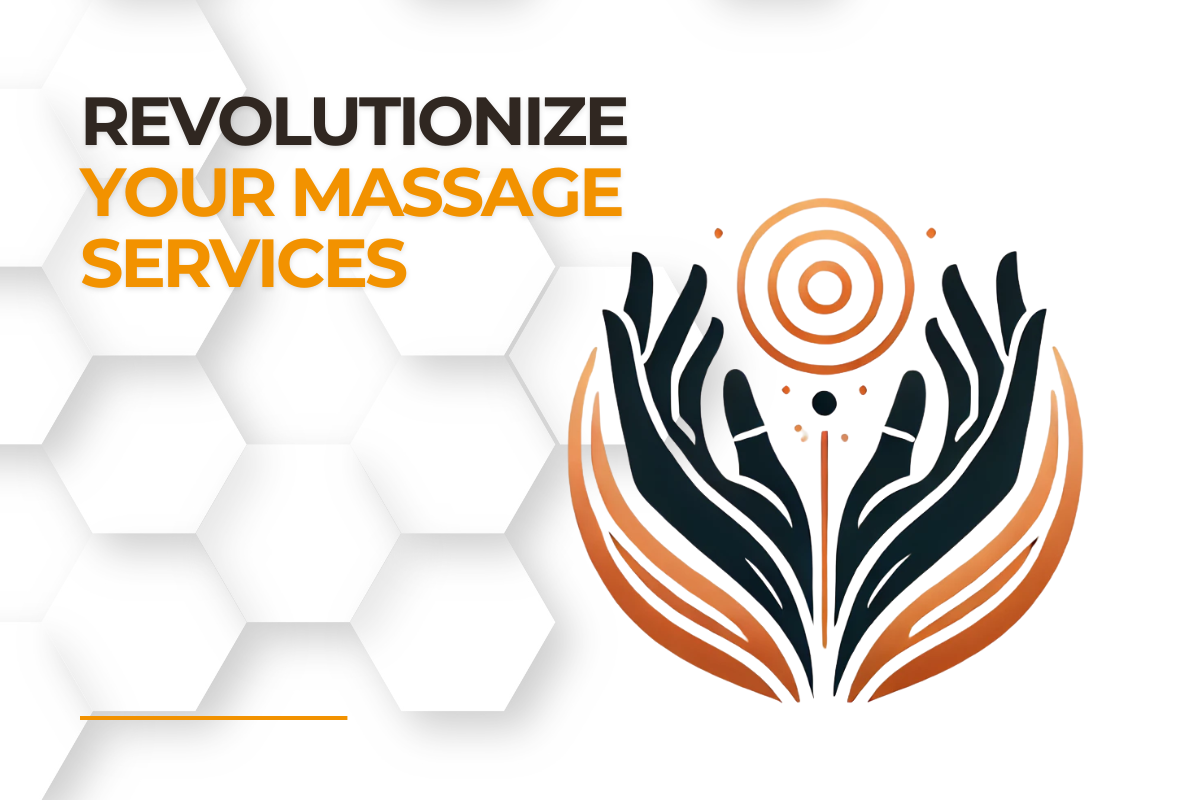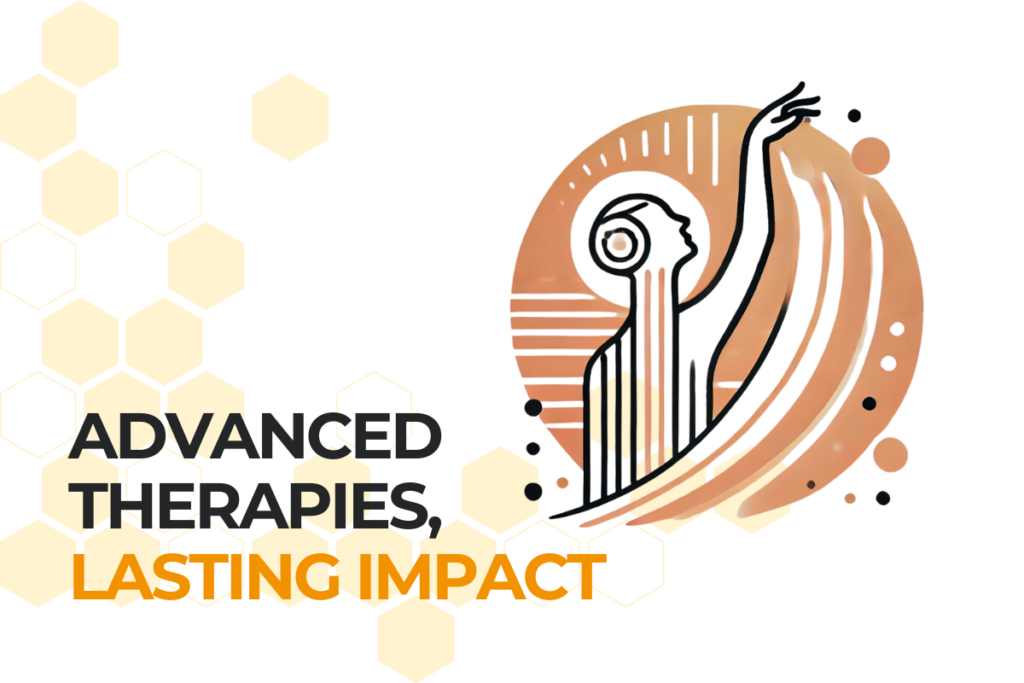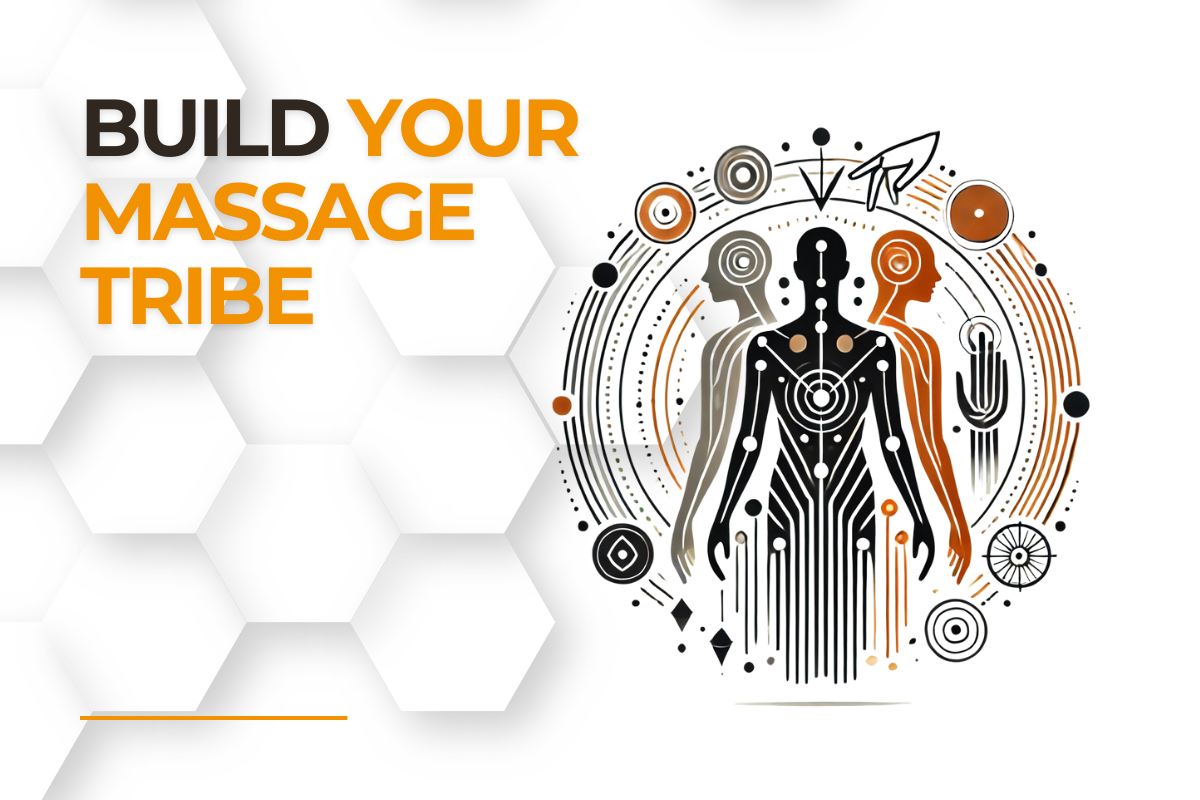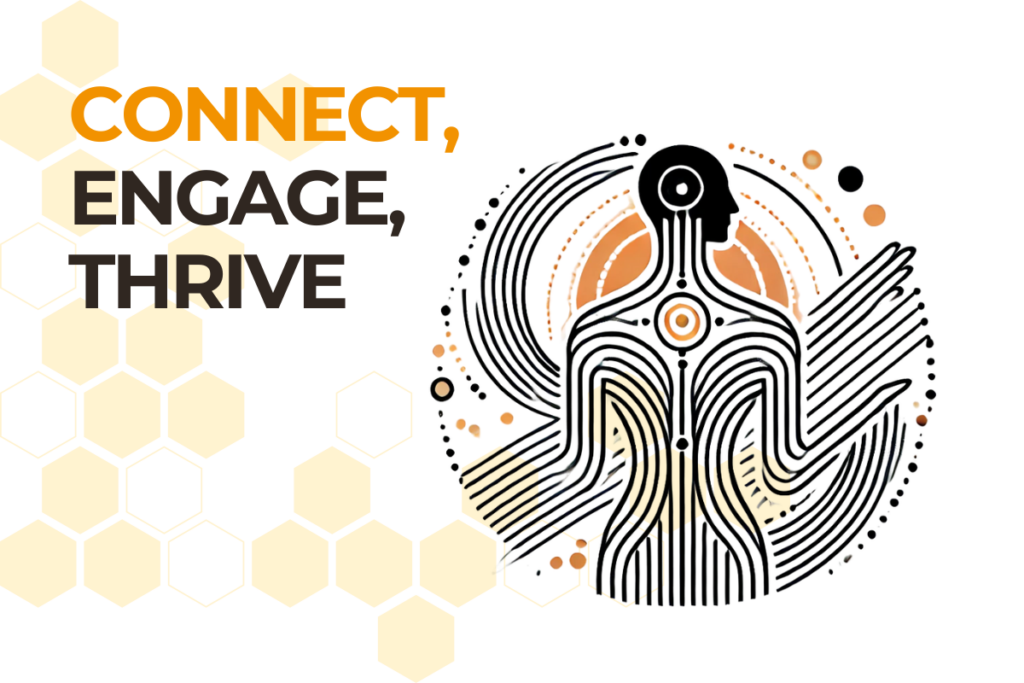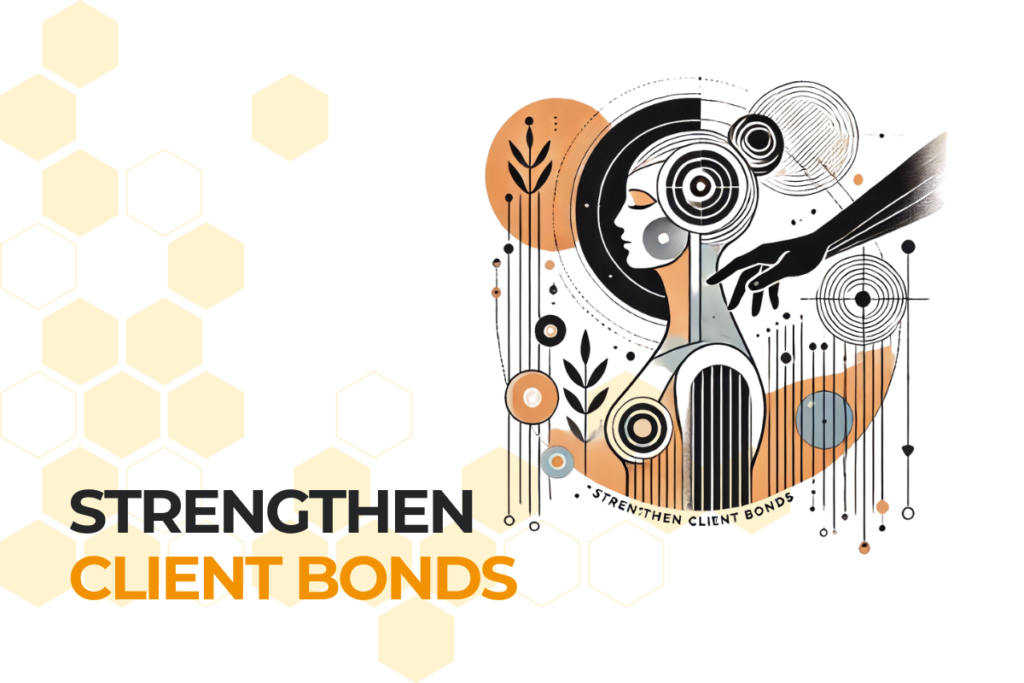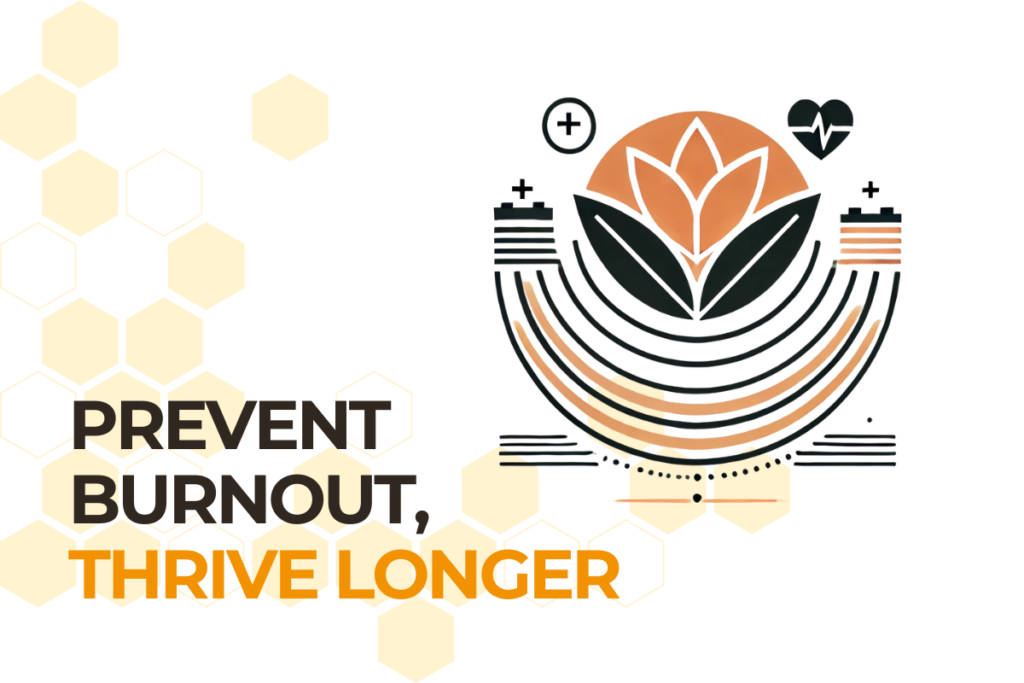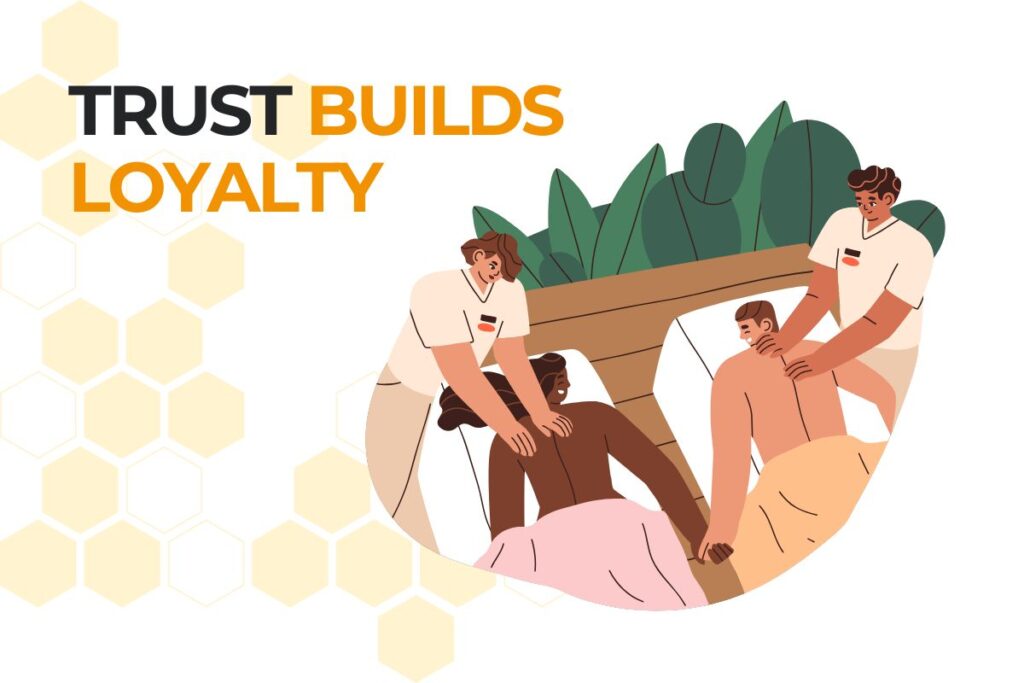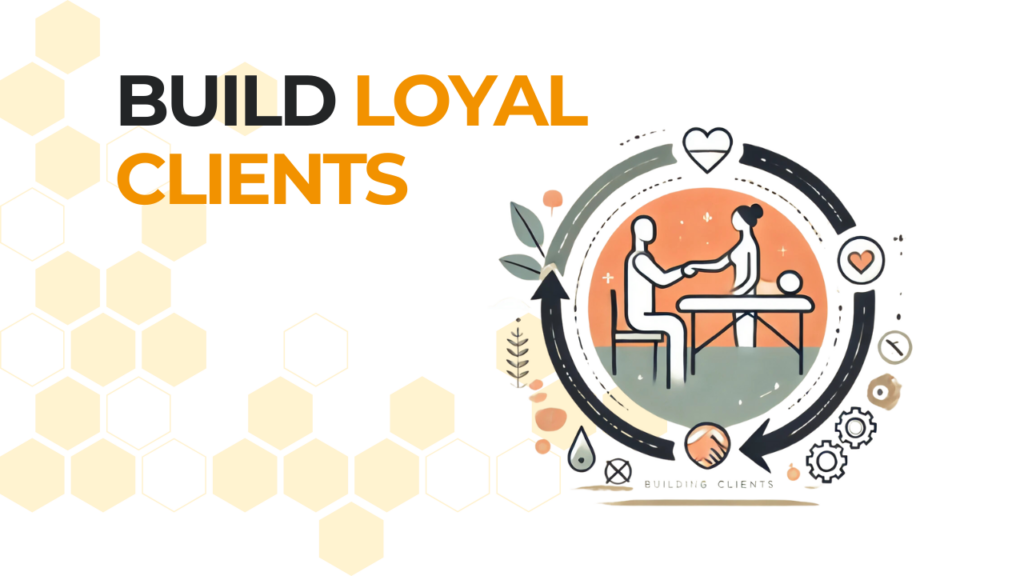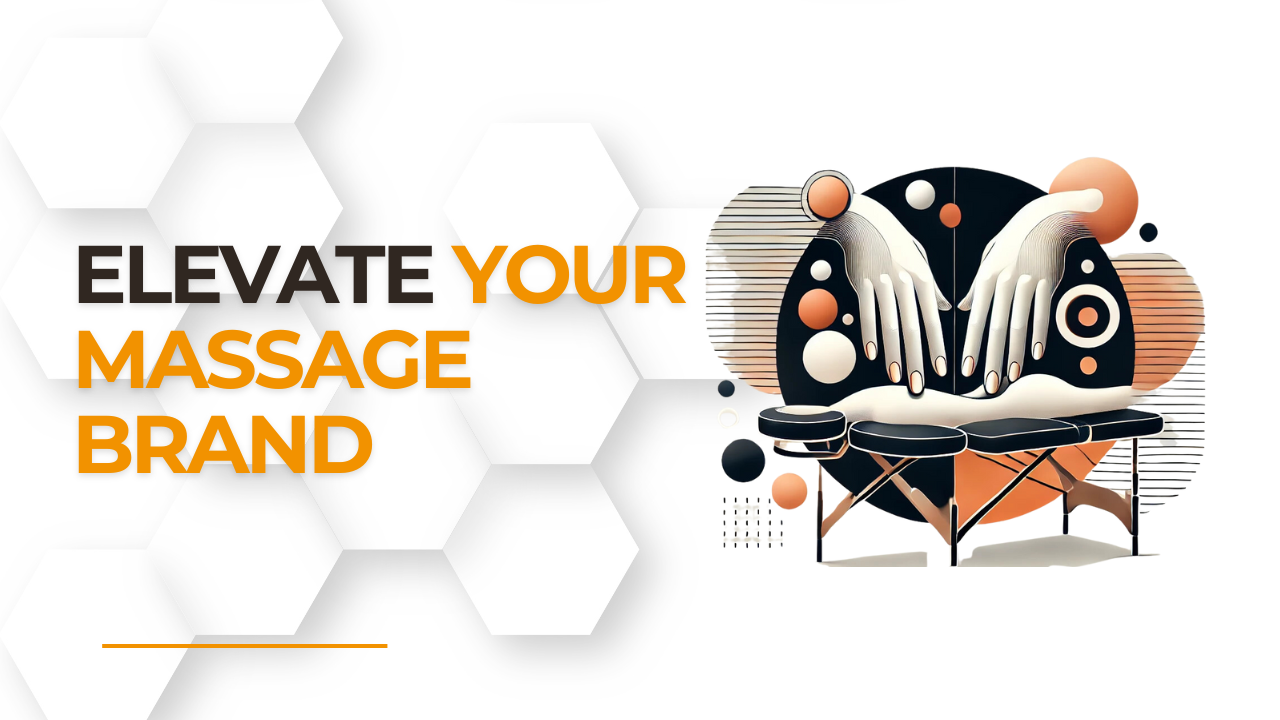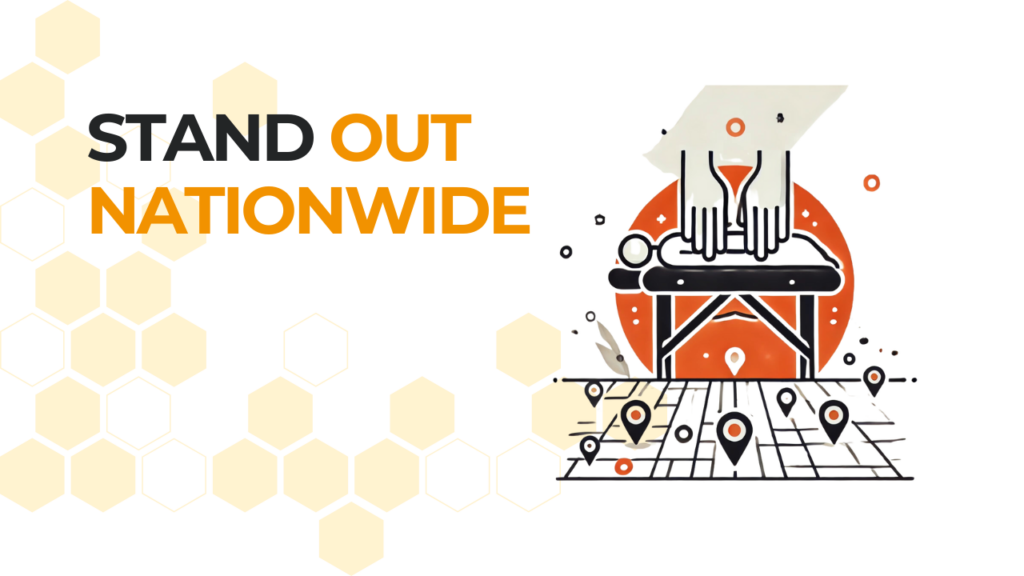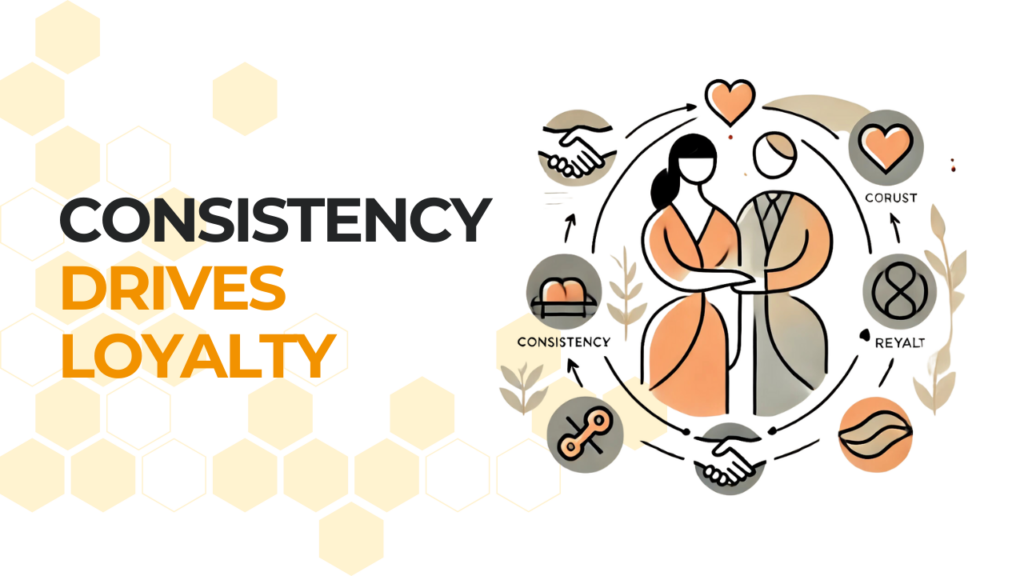Your Business Should Outlive Your Daily Involvement
A lasting legacy in massage therapy is built on more than just skillful hands—it requires a strategic vision, strong leadership, and a sustainable business model. Every clinic owner dreams of creating a lasting legacy in massage therapy by building a business that thrives beyond their direct involvement, continuing to serve clients, support employees, and uphold a stellar reputation in the community. However, without a clear roadmap, well-documented processes, and a capable team, the clinic may become overly dependent on the owner, putting its long-term success at risk.
True longevity and a lasting legacy in massage therapy stem from scalable systems, leadership development, financial foresight, and adaptability to industry changes. Whether your goal is to transition ownership to a trusted employee, sell your clinic, or gradually step away from daily operations, laying a solid foundation ensures continued growth and impact.
This article explores actionable strategies to help you structure your business for long-term success, retain clients, empower your team, and implement sustainable systems that keep your massage therapy clinic thriving for generations.

Developing a Succession Plan for Long-Term Success
Identifying Future Leaders
A successful massage therapy clinic cannot depend solely on the owner. To build a strong foundation, clinic owners must develop a team of future leaders who can uphold the clinic’s reputation and maintain high-quality care. Identifying and mentoring potential successors ensures the business remains successful, even in the owner’s absence.
- Assess your team: Look for employees who demonstrate leadership qualities, reliability, and a deep commitment to client care and clinic values.
- Mentorship and training: Begin preparing key staff members early by giving them increased responsibilities, leadership opportunities, and exposure to decision-making processes.
- Define leadership responsibilities: Establish clear roles for managers and operational leaders to ensure smooth transitions and accountability.
- Encourage internal promotions: Rewarding employees who show initiative and dedication with leadership opportunities fosters loyalty and business stability.
Creating a Transition Timeline
Without proper planning, business transitions can lead to confusion and instability. A structured transition plan allows clinic owners to shift leadership smoothly without compromising service quality.
1-3 Years Before: Identify successors and provide leadership training. Begin transferring small responsibilities and allowing future leaders to participate in key business decisions.
6-12 Months Before: Shift more managerial tasks to your chosen successor(s) while monitoring and mentoring their progress.
Final 3-6 Months: Finalize leadership roles and step into an advisory position. Officially transition responsibilities and ensure clients and staff are aware of leadership changes.
Legal and Financial Considerations
Transitioning ownership requires careful legal and financial planning. Establishing clear financial structures ensures the clinic remains secure during the handover.
- Consult with a business attorney to draft succession agreements, ownership transfer contracts, and operational guidelines.
- If selling the clinic, establish buyout terms that protect both the seller and the successor.
- Plan for financial stability by ensuring the new leadership team has access to necessary funds to maintain operations during the transition.
- Consider estate planning: If passing the clinic to a family member, work with financial experts to ensure a smooth and tax-efficient transition.
Implementing Systems That Ensure Consistency
Standardizing Operations for Efficiency
A well-documented operational system ensures that a clinic runs smoothly, regardless of who is managing it. A business that relies too much on one person will struggle to maintain quality and efficiency over time.
- Create Standard Operating Procedures (SOPs): Document every aspect of daily operations, from appointment scheduling to customer service protocols.
- Automate scheduling, billing, and communications: Reduce administrative burden by utilizing technology to streamline essential processes.
- Use clinic management software: Centralize business functions such as staff scheduling, payroll, and client records.
- Develop a feedback system: Allow both employees and clients to provide feedback to improve services and operational efficiency.
Leveraging Technology to Maintain Control
Technology ensures consistency by automating administrative tasks and tracking important business data.
- Hivemanager’s automation tools help with appointment scheduling, client reminders, and staff task management.
- Digital client records make it easy to track treatment history and personalize services.
- Data analytics tools provide insights into client trends, helping optimize services and marketing strategies.
- Invest in cybersecurity: Protect client data and ensure compliance with industry regulations.
Ensuring Continuous Improvement
Successful businesses constantly adapt to changing client needs and industry trends.
- Schedule ongoing training sessions to keep therapists updated on the latest massage techniques.
- Gather and analyze client feedback to improve services.
- Encourage team meetings to discuss business improvements and maintain high service quality.
- Regularly assess business performance: Review key performance indicators (KPIs) to track progress and identify areas for growth.

Strengthening Your Brand Identity for Longevity
Establishing Core Values and Mission
A strong brand identity helps a clinic stand out and attract loyal clients.
- Define core values that guide business decisions, customer service, and hiring practices.
- Develop a mission statement that clearly communicates how your clinic serves its clients.
- Stay true to your brand: Ensure that all aspects of your business align with your values and mission.
Consistent Branding Across All Platforms
A clinic’s branding should be recognizable and consistent across all touchpoints.
- Maintain a professional and cohesive look across your website, social media, and printed materials.
- Develop educational content to position your clinic as a thought leader in massage therapy.
- Use storytelling in marketing to showcase the clinic’s history, values, and success stories.
Engaging with the Local Community
A business with strong community ties is more likely to have long-term success.
- Partner with local businesses for referrals and collaborative wellness programs.
- Host workshops and events to educate the public about massage therapy.
- Support charitable initiatives to build goodwill and attract socially conscious clients.
- Sponsor local events: Increase visibility by sponsoring community wellness programs and athletic events.
Creating a Legacy That Lives Beyond You
Building a lasting legacy means creating a clinic that remains strong, respected, and beneficial to both clients and therapists long after you step away. It’s about ensuring your business is not just successful today but continues to serve the community, provide stable careers, and maintain the highest standards of care well into the future.
The foundation you lay today—through sound business practices, leadership cultivation, and a commitment to quality—will determine how your clinic thrives in the future. With the right approach, your business can stand the test of time, benefiting not just your current team and clients but also the generations that follow.
Frequently Asked Questions
To reduce dependency on you as the owner, implement standardized operating procedures (SOPs), invest in leadership training for key staff, and use automation tools like Hivemanager to streamline scheduling, billing, and client communication.
Identify employees with leadership potential, provide mentorship and professional development opportunities, and gradually delegate responsibilities to prepare them for management roles. Establish clear leadership roles and responsibilities to maintain stability.
Diversify revenue streams by offering memberships, retail products, or corporate wellness programs. Track expenses carefully, set aside emergency funds, and work with financial professionals to create a long-term sustainability plan for your clinic.
Personalized treatment plans, consistent client follow-ups, and loyalty programs encourage repeat visits. Engaging with the local community, maintaining strong branding, and continuously improving services based on client feedback also contribute to long-term success.


